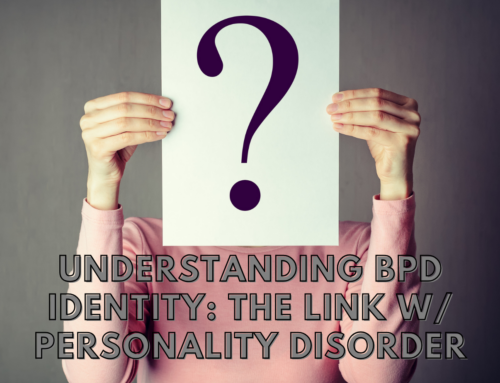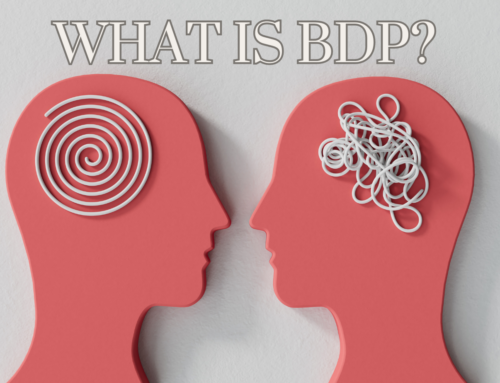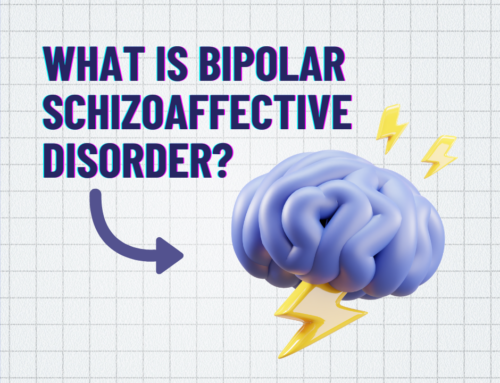Post-traumatic stress disorder, or PTSD, is a condition people sometimes develop following a traumatic incident. Symptoms of PTSD typically include re-experiencing the trauma, in the form of flashbacks or nightmares, avoiding things that remind you of the trauma, being unable to remember significant aspects of the trauma, being unable to sleep, startling easily, and becoming irritable or short-tempered. These symptoms may develop weeks, months, or years following a traumatic incident and they may persist for years without treatment. However, there are some misconceptions that may make people less likely to seek treatment. Here are three of those misconceptions.
“Only combat soldiers get PTSD.”
We typically associate PTSD with combat veterans and it’s true that combat veterans experience PTSD at a much higher rate than the average civilian. While about eight percent of Americans will experience PTSD in their lifetime, between 11 and 20 percent of veterans who served in Iraq have developed PTSD and 30 percent of Vietnam War veterans developed PTSD at some point. However, relatively few people will ever serve in the military and fewer still will face a combat situation severe enough to cause PTSD. Most people get PTSD in the wake of more familiar traumas, such as car accidents, physical assaults, sexual assaults, natural disasters, and the unexpected death of a loved one.
“People who experience trauma usually get PTSD.”
It’s tempting to think that PTSD is a normal reaction to trauma. After all, if something extremely hurtful or dangerous happens, it makes sense to be on guard against it happening again. However, the symptoms of PTSD are maladaptive, leading to crippling anxiety and antisocial and self-destructive behaviors like addiction. In reality, a relatively small percent of people who experience a trauma will develop PTSD. About 60 percent of men and 50 percent of women will experience a major trauma in their lives. However, only about 10 percent of women and four percent of men will develop PTSD at some point in their lives. That means the majority of people who experience trauma don’t develop PTSD.
“PTSD is a sign of weakness.”
Since at least half of people experience trauma but only a small portion develop PTSD, it’s tempting to see PTSD as a sign of weakness, but that’s not the case at all. As with other mental illnesses, who develops PTSD is largely a combination of biology and circumstance. The main factors in developing PTSD appear to be the severity of the trauma, the age at which the trauma occurs, and pre-existing factors such as depression or childhood abuse. None of these are factors you can control. However, you can decide to get help for PTSD. Treatment is typically effective and may include both medication and psychotherapy.
At Alta Lama Transformational Services, you will meet knowledgeable, compassionate professionals that understand addiction in all its forms. Alta Lama uses an integrative and holistic approach to treat addiction and mental health issues. No treatment is one-size-fits-all, where you will have a team of experts prepared to create your customized treatment plan. We offer care for your mind, body, and spirit, so that you can heal from the inside out and look forward to a lifetime of sobriety and wellness. If you are ready to take the first step in your recovery, please call us at 866-457-3843.



